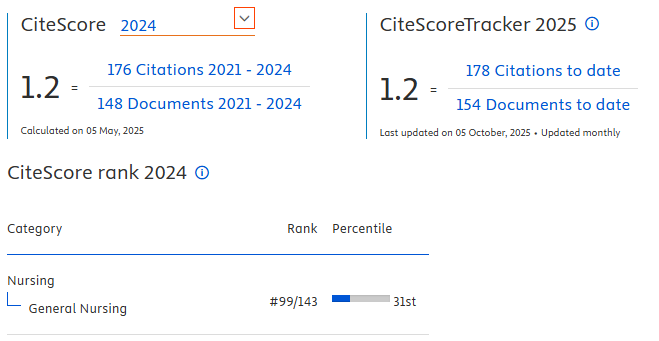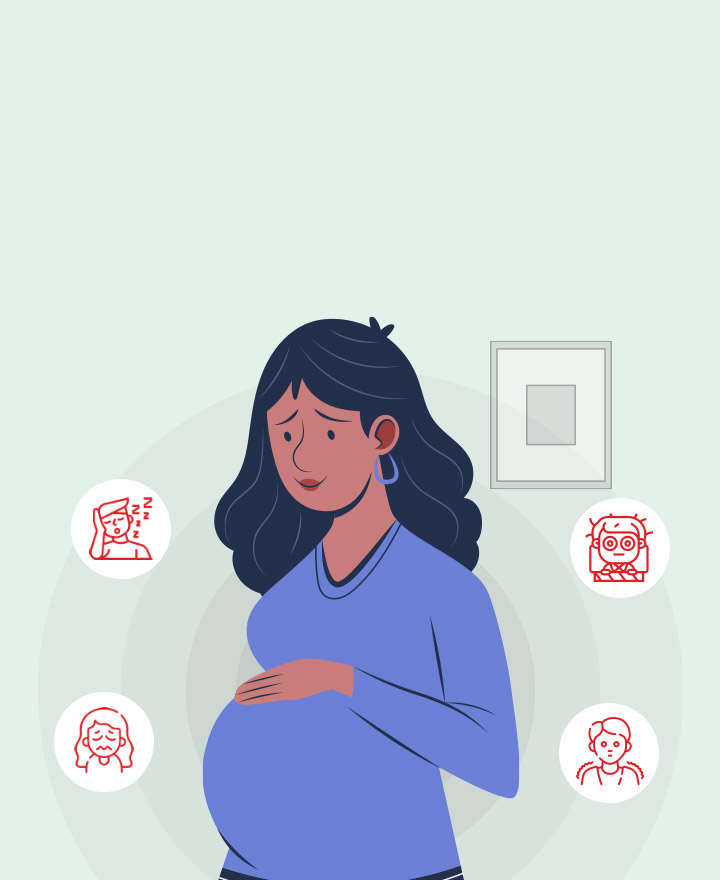Spiritual Emotional Freedom Technique Decreasing Stress on Patients with Cervical Cancer
Downloads
Introduction: Cervical cancer is known as one of deadly disease. The global incidence of cervical cancer is the second largest in the entire world, including in Indonesia. RSUP Dr. Hasan Sadikin Bandung, cervical cancer ranked fi rst (62.27%) compared with other fi ve types of obstetry and gynecology malignancies (suspected malignant ovarian tumors 16.12%, ovarian cancer 11.76%, vulva cancer 8.65% and endometrial cancer 1.19%) (Destiana, 2012). Chemotherapy as one of cancer treatment causes various side effects include hair loss, nails blackened, nausea and vomiting, that could makes patient stressful. SEFT ( Spiritual Emotional Freedom Technique ) is useful to overcome negative emotions through a combination technique that uses psychological energy, spiritual strength, and praying. SEFT is an effective intervention in manage stress, there are some techniques that practiced simply such as praying, NLP (Neuro Linguistic Programming), hypnotherapy, visualisation, meditation, relaxation, imagery and desensitisasi (Zainuddin, 2008). The purpose of this study was to explain reducing stress on patiens with cervical cancer through Spiritual Emotional Freedom Technique (SEFT) at RSUP Dr. Hasan Sadikin Bandung. Improvements on patient's stress will lead to a better result on cervical cancer therapy.
Methods: This study was used quasy experiment pre-post test randomize control group design. Patient with cervical cancer at stadium I to III that taking chemotherapy was selected by using purposive sampling and divided into two groups. Each group contains 34 patients. Intervention group was given SEFT in three round. Each round took 30 minutes. Before and after intervention patients was given Questionnaire. The data were analyzed using paired t-test and independent t-test.
Result: The result of this research showed that patient's stress getting lower signifi cantly after intervention.
Conclusion: SEFT could reduced stress on patients with cervical cancer that taking chemotherapy at RSUP Dr. Hasan Sadikin Bandung.
Agoes, H., 2003. Teori dan Management Stres.
Surabaya: Refi ka Aditama.
Bintang, Y.A., 2012. Gambaran tingkat kecemasan, stres dan depresi pada pasien kanker yang menjalani Kemoterapi
Pada Salah Satu RS di Kota Bandung, Student e-Journals. (1), (online) (http://www.jurnal. unpad.ac.id/ejournal/
article/view/719/768/., diakses tanggal 22 April 2013, jam 11.00 WIB).
Dahlan, S., 2011. Besaran Sampel dan Teknik Pengambilan Sampel. Jakarta: Salemba Medika.
Dewi, K.N., Ropi, H., dan Agustina, H.R., 2004. Pengaruh atihan Relaksasi Pre Operasi Terhadap Intensitas Nyeri
Post Operasi Pada Pasien Post Operasi Bedah Sedang di RSUD DR Slamet Garut. Majalah Keperawatan, Nursing
Journal of Padjadjaran University, 5 (X) 104-106.
Destiana, F., 2012. Hubungan Mekanisme Koping dengan Tingkat Stres Pasien Kanker Serviks di Ruang Obgyn Gedung
Kemuning Lantai III RS Hasan Sadikin Bandung, Karya Tulis Ilmiah, tidak dipublikasikan. Politeknik Kesehatan
Kemenkes Bandung.
Authors who publish with Jurnal Ners agree to the following terms:
- Authors transfer the Copyright and grant Jurnal Ners the right of first publication with the work simultaneously licensed under a Creative Commons Attribution 4.0 International License that allows others to remix, adapt and build upon the work with an acknowledgment of the work's authorship and of the initial publication in Jurnal Ners.
- Authors are permitted to copy and redistribute the journal's published version of the work (e.g., post it to an institutional repository or publish it in a book), with an acknowledgment of its initial publication in Jurnal Ners.
Jurnal Ners requires a formal written declaration and transfer of copyright from the author(s) for each article published. We, therefore, ask you to complete and return this form, retaining a copy for your own records. Your cooperation is essential and appreciated. Any delay will result in a delay in publication. The form can be downloaded HERE.
































